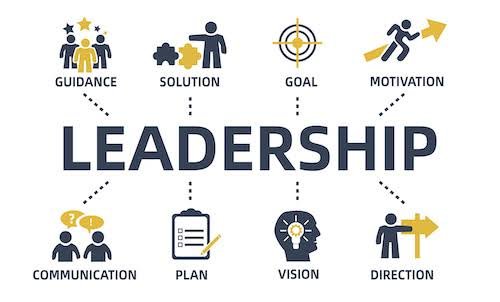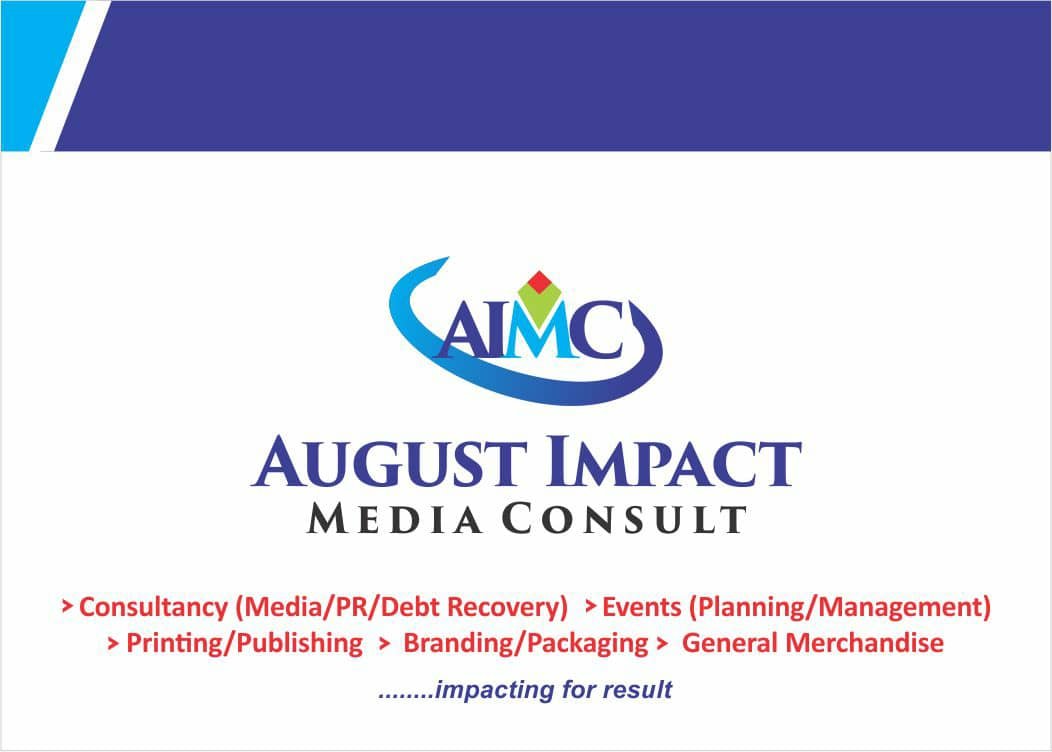By Oluwole Dada
In the fast-paced world of modern business, leadership styles that focus primarily on identifying errors can stifle growth and innovation. True leadership lies not in pointing out what went wrong, but in guiding teams towards improvement and success. In this post, we shall be exploring how transformative leaders have created environments where people can thrive, learn from mistakes, and reach their full potential. Fault-finding is the easiest thing to do as a leader, but it is not the best way to lead a team and get the best out of them. Fault-finding has never been an effective style of leadership. Great leaders step into the situation to remedy it even when things are going wrong. Identifying faults in individuals should not be your primary goal as a leader.
The leadership at Microsoft has shown how fault-finding can create a toxic environment and how a change of style and direction can lead to a dramatic change in results. Under the leadership of Steve Balmer as CEO, the company implemented a controversial “stack ranking” system that required managers to rate some employees as underperformers regardless of actual performance. This created a toxic culture where employees feared failure and avoided risks. Microsoft’s market position suffered, and innovation stagnated until this approach was abandoned after Ballmer’s departure. Then came Satya Nadella, who transformed Microsoft’s culture after becoming CEO in 2014. Instead of fault-finding, Nadella championed a growth mindset throughout the organization. “Don’t be a know-it-all; be a learn-it-all,” became his mantra. Under his leadership, Microsoft employees were encouraged to learn from failures rather than fear them. This resulted in renewed innovation and a tripling of the company’s market value within five years.
No matter the results being achieved through a fault-finding style, much more will be achieved through constructive leadership. One of the primary goals of every leader is to make his team members grow. Your team members can’t grow if every time they get something done for you, the faults and the gaps are the first things to be identified. Nobody grows hearing negative words every time. Alan Mulally demonstrated this principle during his legendary turnaround of Ford Motor Company during the 2008 financial crisis. In his weekly business plan review meetings, he instituted a color-coded system where executives reported their progress: green for good, yellow for caution, red for problems. Initially, everyone reported green despite the company losing billions. When one executive finally showed a red item, Mulally applauded, saying, “That’s great visibility.” This positive response to honesty created a culture where problems could be acknowledged and addressed. By the end of his tenure, Ford had returned to profitability without taking government bailouts.
Leaders must be ready to step into the ring to solve the problems of their team members. Identifying the faults and leaving them to your team members is like throwing them under the bus. The purpose of a leader is to guide their team members towards solutions. When Howard Schultz returned as CEO of Starbucks in 2008 during a period of declining performance, he didn’t simply point out what was wrong. He closed all 7,100 U.S. stores for three hours to retrain baristas on making the perfect espresso. He personally engaged with the challenge, demonstrating that leadership means getting into the trenches alongside your team. Perhaps no one embodies constructive leadership better than Microsoft’s current CEO, Satya Nadella, who views his role as that of a coach. “The CEO is the curator of an organization’s culture,” he says. When teams encounter obstacles, he helps them see these as learning opportunities rather than failures. This approach has created an environment where innovation flourishes because people aren’t afraid to take risks.
Anne Mulcahy’s leadership at Xerox provides another powerful example. When she took over as CEO in 2001, the company was near bankruptcy with $17.1 billion in debt. Rather than assigning blame, she traveled to speak with employees and customers, asking what was working and what wasn’t. She then developed clear guidance on how to move forward together. Her approach of providing direction rather than criticism helped save the company and restore its profitability. Leaders who focus solely on finding faults create fearful organizations where innovation dies and talent leaves. Those who step in to remedy situations, provide guidance, and balance critique with praise, build resilient teams capable of overcoming the toughest challenges.
As you develop your leadership style, remember that your legacy won’t be the errors you caught, but the people you helped grow.
Oluwole Dada is the General Manager at SecureID Limited, Africa’s largest smart card manufacturing plant in Lagos, Nigeria.









